The Optolong CLS (City Light Suppression) broadband filter is designed to improve the visibility of emission deep sky objects. It selectively reduces the transmission of wavelengths of artificial light, specifically those produced by mercury vapour lamps, both high and low-pressure sodium vapour lights and the unwanted natural light caused by neutral oxygen emission in our atmosphere (i.e. skyglow).
The high transmission in the main nebula emission lines at OIII (496nm and 500nm), H-beta (486nm), NII (654nm and 658nm), H-alpha (656nm) and SII (672nm) enhances the contrast and details for both visual and photographic purposes in sub-rural areas. Compared to the UHC filter, the CLS has a wider bandpass so it is preferred in areas with mild to moderate light pollution. It rejects the typical wavelength associated with artificial light and it is highly transparent in the main emission nebula lines: OIII (496nm and 500nm), H-beta (486nm), NII (654nm and 658nm), H-alpha (656nm) as well as SII (672nm).
- It blocks the artificial light from mercury vapour lamps, both high and low-pressure sodium vapour lights and the unwanted natural light caused by neutral oxygen emission in our atmosphere (i.e., skyglow).
- Maximum transmission of the main nebula emission lines: OIII (496nm and 500nm), H-beta (486nm), NII (654nm and 658nm), H-alpha (656nm) as well as SII (672nm),
- It can also be used for visual observations as well as for astrophotography.
- Ideal for sub-rural areas with moderate light pollution.
- Ultra-thin filter cell to maximise the compatibility with most filter wheels.
- Multi-layers anti-reflection coating.
- Cell in Aerometal Material, CNC machined, sand blasted, black anodized and laser engraved.
- Plastic PP Case, high pressure EVA Case Lining.
For astronomy cameras, it needs to be used in combination with an IR/UV cut filter. Alternatively, the CLS-CCD filter can be used as it cuts off the infrared and ultraviolet wavelengths. In DSLR the IR/UV filter is embedded in the camera, so the standard CLS filter is sufficient.
Light pollution filters do not eliminate the effects of light pollution or increase the object’s brightness. It does increase the contrast between nebulae and night sky.
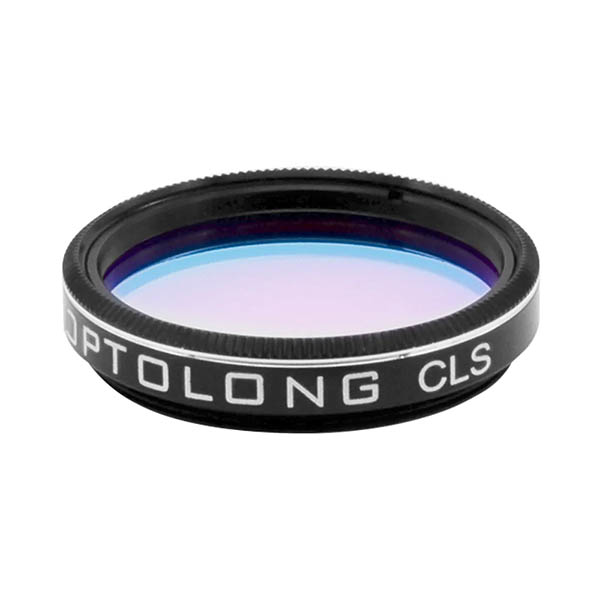
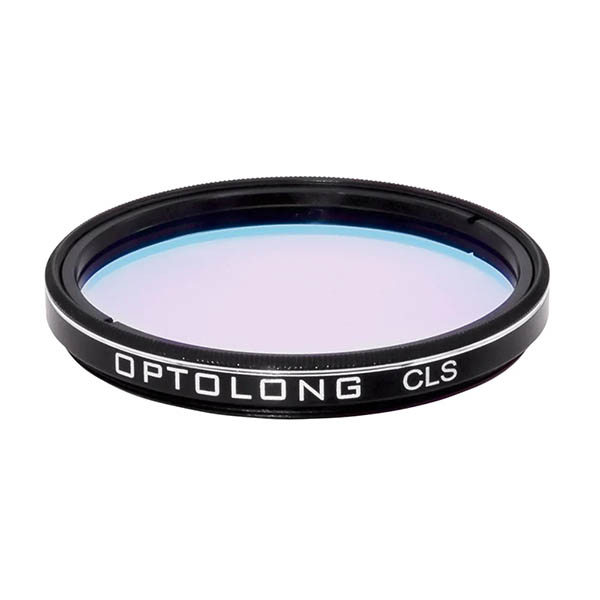
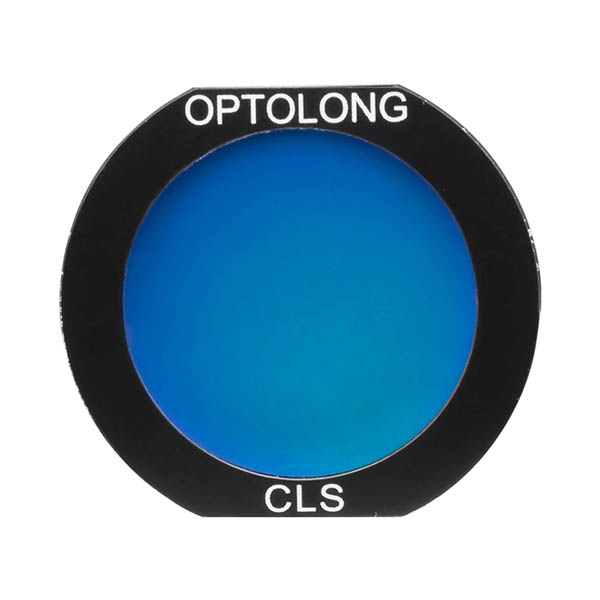
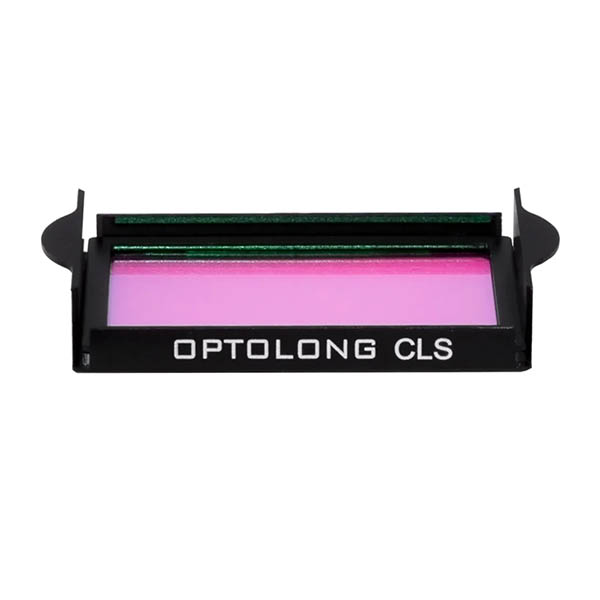
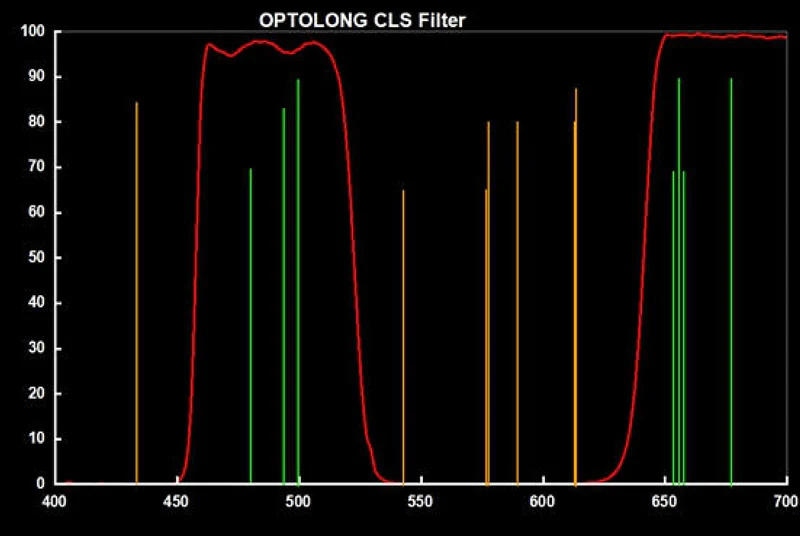
Reviews
There are no reviews yet.